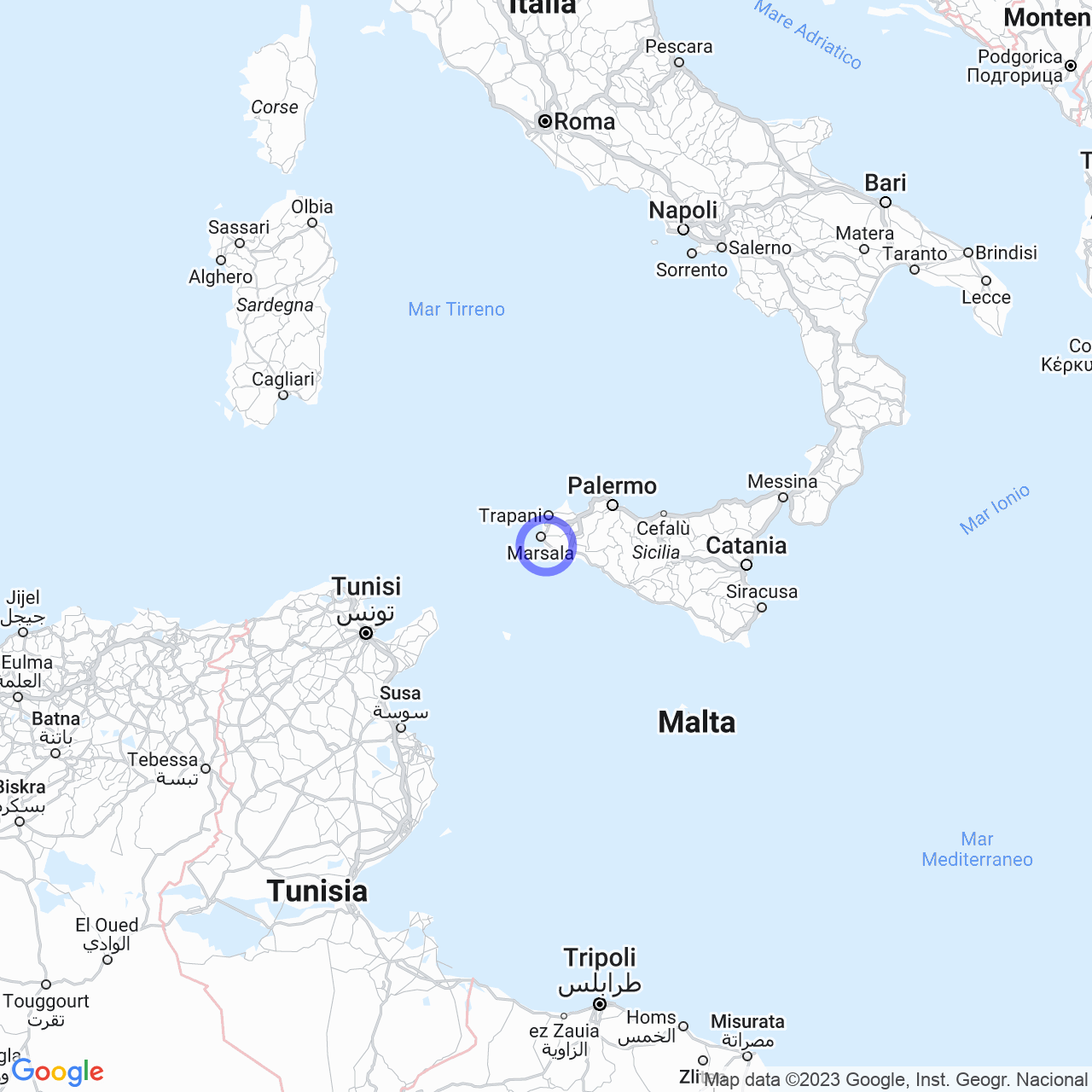Petrosino
Petrosino: the history of a small Sicilian town
Hello friends, today I will talk to you about Petrosino, a town located in the province of Trapani in Sicily. With a population of around 7,875 inhabitants, Petrosino was established in 1980 with the separation of its territory from the municipalities of Marsala and Mazara del Vallo.
The history of Petrosino
Until 1600, the territory of Petrosino was uncultivated and uninhabited. Several legislative measures in 1758 favored the construction of seasonal homes and the settlement took shape with the construction of a 'baglio', the typical local architecture, by the Englishman John Woodhouse. After discovering the qualities of the local wine, Woodhouse began exporting it to England, giving rise to the wine industry in the area.
With the advent of the Proclamation of the Italian Kingdom and the Corleo Law of 1862, the territory evolved into its modern conformation with the birth of the first typical urban conglomerates called Chianura. In 1880, the construction of the Sicula Occidentale railway line and the Petrosino-Strasatti railway station led to an increase in the resident population and the impulse for the first request for autonomy in 1937.

The origin of the name
The name Petrosino very likely derives from the aromatic plant Petroselinum crispum, known as parsley, which grows spontaneously in the area. In Latin, the plant is called Petroselinum crispum, from the Greek origin πέτρος Σελινοῦς, and in Sicilian "pitrusinu", which preserves its name both for the plant and for the town.
From hamlet to municipality
Petrosino was originally a hamlet of Marsala. In 1980, the locals obtained municipal autonomy through a referendum, sanctioned by Regional Law no. 82 of July 21, 1980. The new municipality was constituted with about 17 square kilometers of Marsala territory and 28 square kilometers from Mazara.
The symbols of Petrosino
The symbol of Petrosino is the portal of the manor house 'baglio' built by John Woodhouse in the 18th century. The 'baglio' is a typical local architecture, composed of a courtyard closed on three or four sides, around which the rooms and service areas are developed.
Monuments and places of interest
Among the most important monuments of Petrosino there are the 15th century Sibiliana Tower, the 17th century Montenero Tower, the Baglio Woodhouse, and the 19th century Baglio Spanò. Along the coast there are beaches with fine sand and rocky coastline, including the famous Torrazza beach.
Society in Petrosino
Petrosino is a small town that has seen significant demographic development in recent years. According to some statistics, from 2001 to 2019 the population has increased by 14%. Most of the inhabitants work in agriculture, the main source of income for the town.
The economy of Petrosino
Agriculture is the main economic activity in Petrosino. The area is known for the production of excellent wines and olive oil. In addition, there are numerous agricultural companies that produce high-quality fruits and vegetables, thanks to the fertile land in the area.
In summary, Petrosino is a small Sicilian town that has preserved its typical architecture and offers visitors the opportunity to discover the history of Sicily and its culture. Thanks to its monuments and beaches, Petrosino is an ideal destination for those seeking a relaxing and beautiful vacation.
